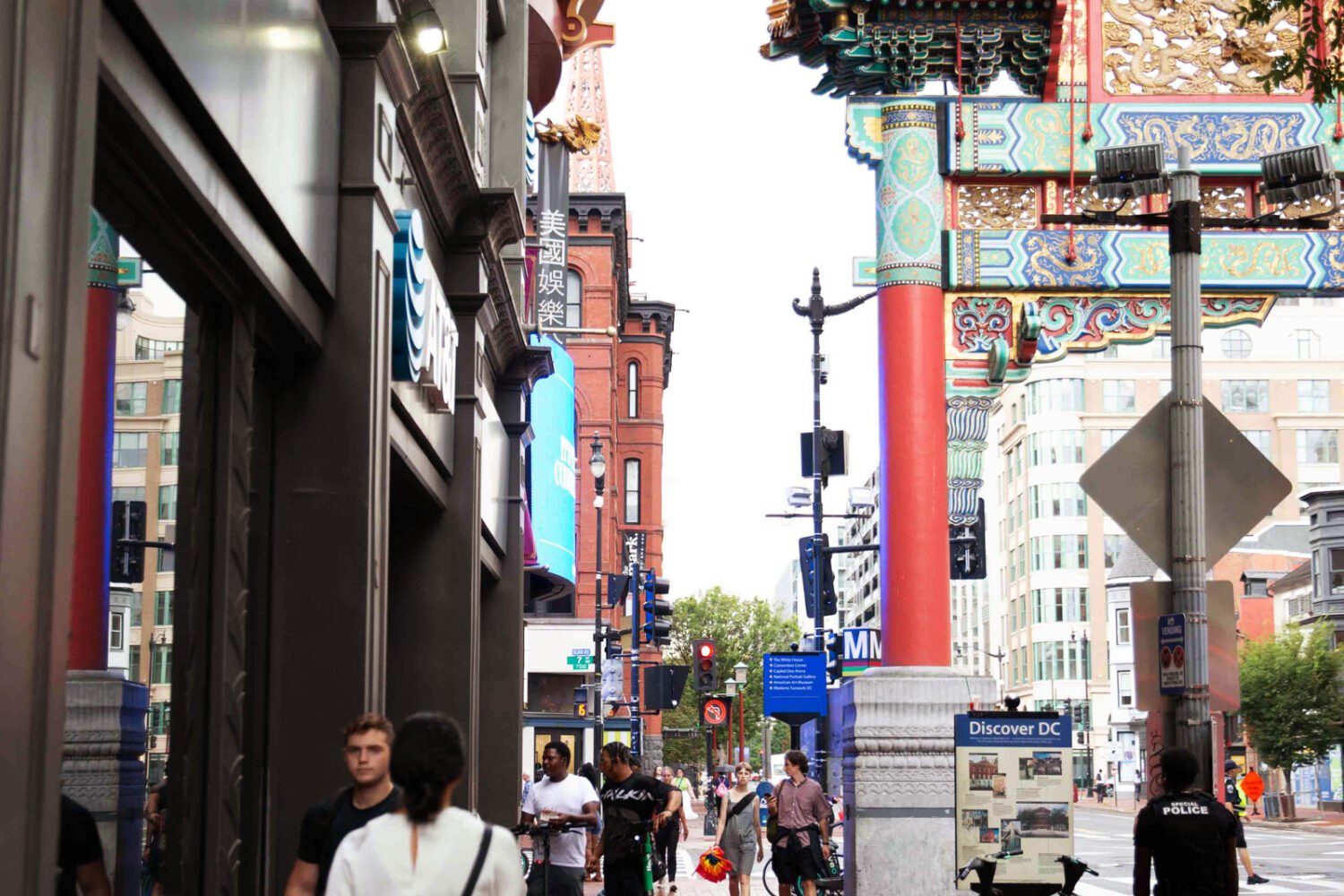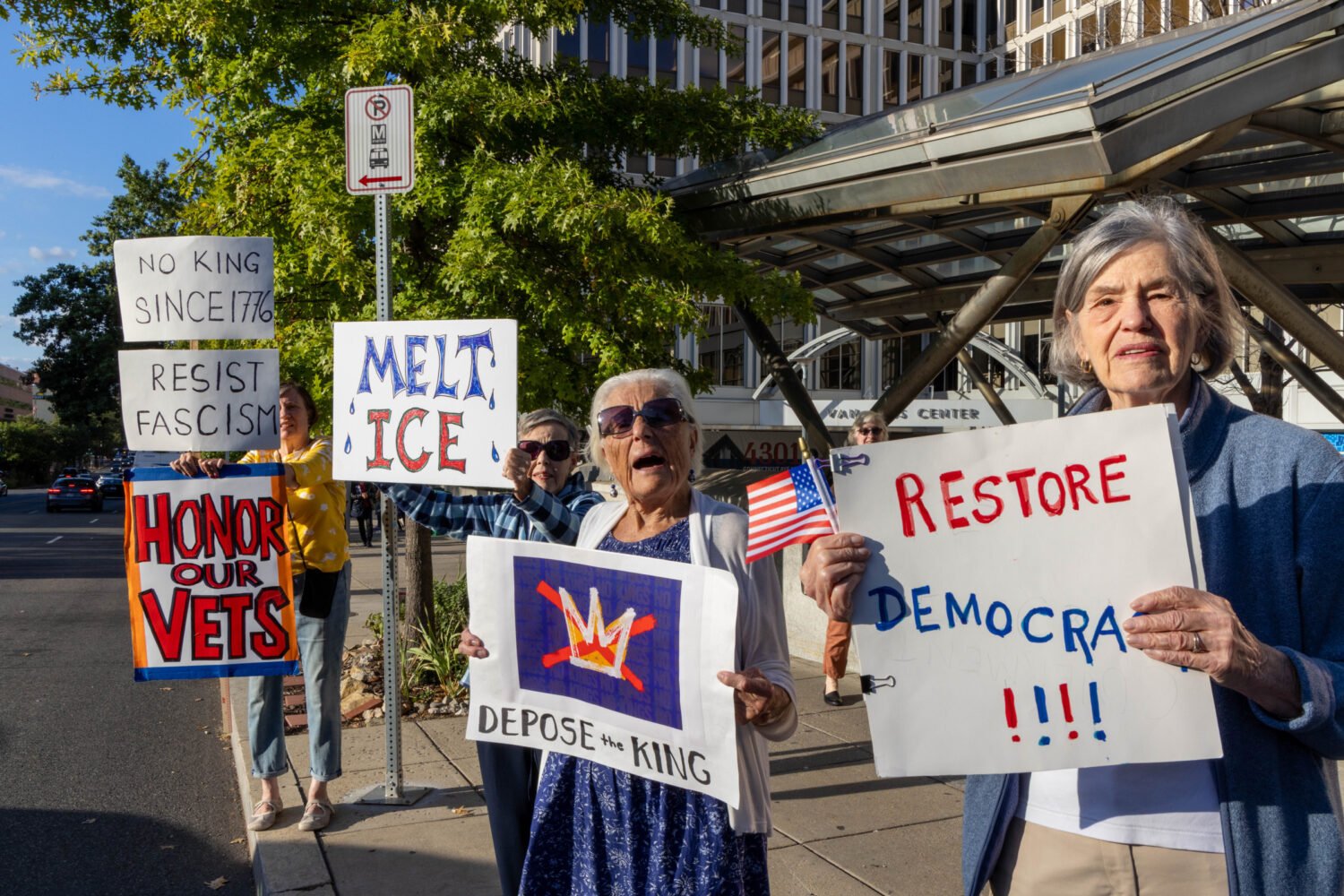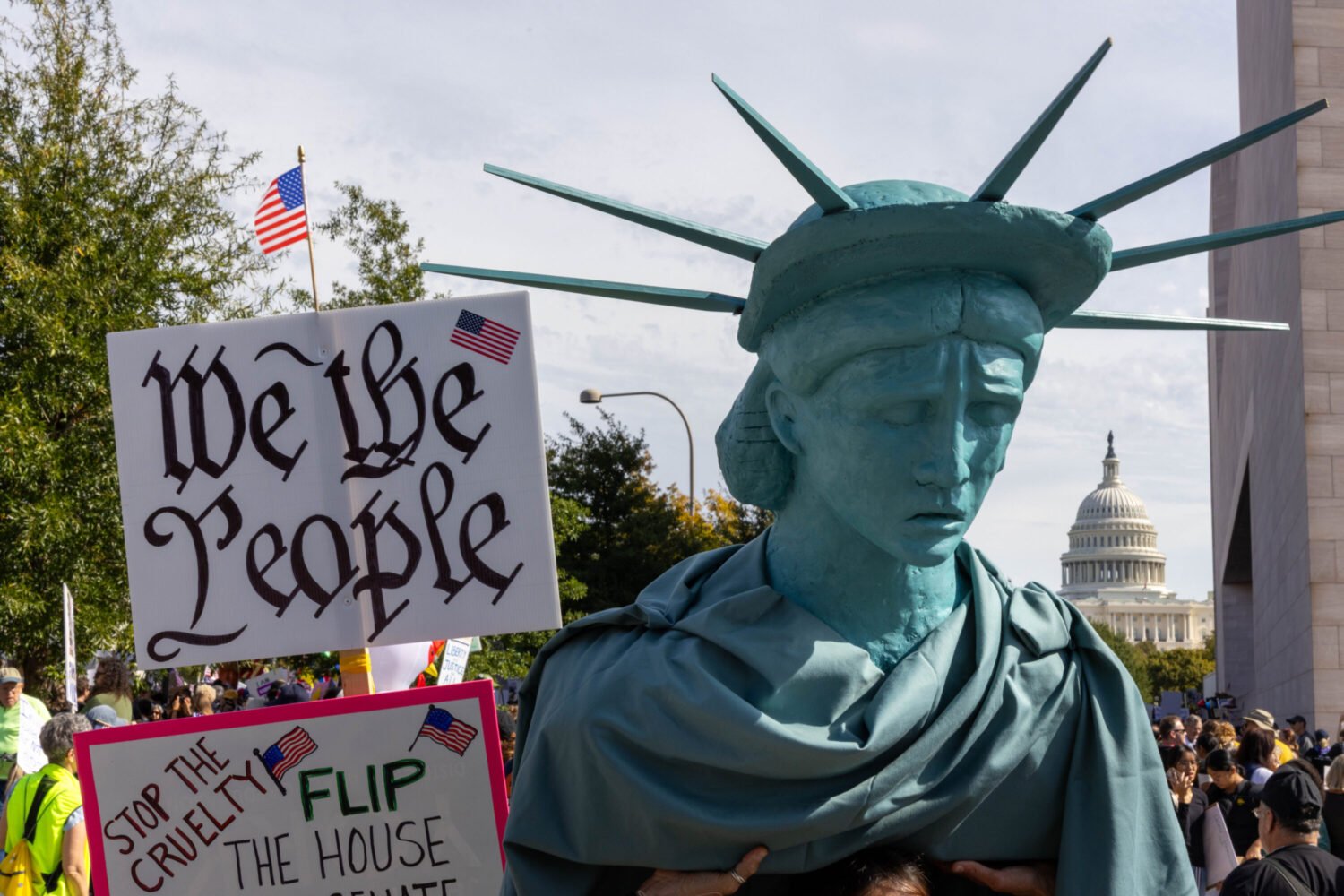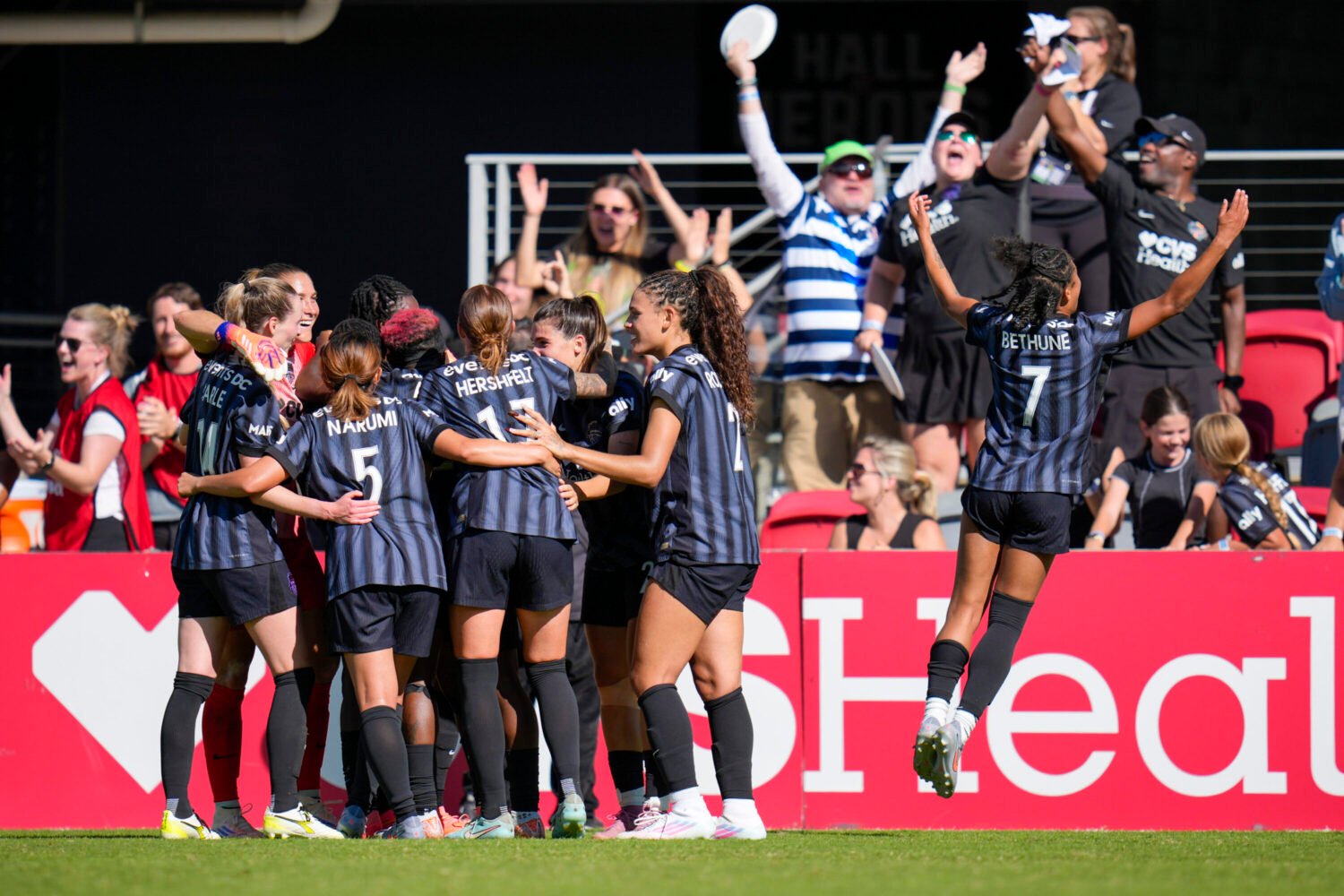Most of the 1,300 people who live in and around Sperryville, an unincorporated village 80 miles southwest of DC, fall into three groups: families who have been here for generations, hippies who arrived in the late ’60s and early ’70s to live off the land, and self-employed or retired Washingtonians lured by the pastoral landscape.
It’s a mix that makes Sperryville—which sits just outside Shenandoah National Park near Old Rag Mountain—seem part Blue Ridge, part California coast. Residents listen to bluegrass music at monthly “pickin’ parties” and browse the wares at an authentic junk shop. They buy organic produce from a local farm and get acupuncture treatments at Rappahannock Healing Arts.
Zoning regulations have protected Sperryville and the rest of Rappahannock County from sprawl. There are no traffic lights or shopping malls, and you can get eggs that were laid that morning or milk practically straight from the cow. Cell-phone reception is essentially nonexistent, but locals exchange news and gossip at the bakery on Main Street.
Some of the hippies have become professional artists. Along with more recent arrivals, they gather for monthly dinners to share their work. There’s also an annual tour of Rappahannock studios and galleries, many of which are in Sperryville.
Sperryville is less formal than nearby “little” Washington, Virginia, and even wealthy residents tend to be outdoorsy types. “People here don’t care what you do for a living,” says Suzanne Zylonis, who has a pottery studio on Main Street. “If you brag, it’s about the size of the pumpkin you grew in your garden or the size of the fish you caught.”
The village offers plenty for newcomers. Several galleries feature the work of local artists. The creative fare at Thornton River Grille draws crowds on weekend nights, and Central Coffee Roasters sells beans from around the globe. Fifteen minutes away in Castleton are world-class musical performances sponsored by the Châteauville Foundation, which was launched by the music director of the New York Philharmonic.
But people in Sperryville are just as likely to make their own fun—hiking Old Rag, setting up an easel in the woods, or hosting friends for dinner. “You visit constantly,” Zylonis says. “The pastime here is visiting.”
Sherri Fickel and Kevin Kraditor were living on Capitol Hill when they discovered Sperryville ten years ago. They spent a weekend—their first anniversary—hiking, browsing antique shops, picking apples and pumpkins, and tasting local wines. “We fell in love with the place,” Fickel says.
Four years later, they left DC to turn a large Victorian building into a bed-and-breakfast called Hopkins Ordinary. Living in Sperryville “just feels right to us,” Kraditor says. “It’s closer to the earth.” Among their surprises: It was easy to make new friends, especially other transplants from “the city.”
Howie Swaim, a real-estate agent in Rappahannock, estimates that 85 percent of his clients are from the DC area. Homes in Sperryville—a mix of Victorian farmhouses, 1950s ramblers, and newer houses—typically sell for $300,000 to $500,000.
Undeveloped land in the county goes for $12,000 to $20,000 an acre, according to Butch Zindel, another local agent. Large farms with estate homes cost several million dollars. Because not many properties are available—fewer than 100 homes were listed for sale in the entire county recently—it can take a year or more to find the right place.
Residents say it’s worth the wait. “What makes Sperryville a special place to live is that you still have this small-town feel,” says Barbara Adolfi, who has a psychotherapy practice, a vacation-rental business, and a column in the Rappahannock News. “People look out for each other, and when you have a misunderstanding with someone, you work hard to get beyond it. There’s a definite investment in relationships.”
More Country Towns
Mountains and sheep farms surround Monterey, a town in the Alleghenies west of Charlottesville known as Virginia’s Switzerland. Monterey hosts a maple festival that draws thousands each year.
In western Loudoun County in the foothills of the Blue Ridge Mountains, Round Hill has an annual Hometown Festival featuring a parade, pie-eating contest, and soapbox derby. The town’s arts center has studio and exhibition spaces and classes for kids and adults.
Fourteen miles west, Berryville’s Main Street is a designated historic district. There’s a yearly bluegrass festival and a farmers market that features produce from the Shenandoah Valley.
Close to Frederick, Middletown, Buckeystown, and Boonsboro maintain their country charm even as new subdivisions go up. Each offers a distinctive downtown with historic buildings and access to hiking and outdoor recreation.
Fifteen miles south of Annapolis, Galesville has a Norman Rockwell feel and access to the Chesapeake via the West River. The waterfront features several restaurants, and the River Gallery on Main Street represents local artists.
This article is part of Washingtonian's Great Small Towns package. Click here to read about more great small towns.


















